Casting Lines in Iceland: A Guide to Arctic Char and Salmon
Iceland, with its pristine waters and dramatic landscapes, stands as one of the world’s premier destinations for anglers seeking the thrill of catching Arctic char and Atlantic salmon. This Nordic island nation offers a unique fishing experience where crystal-clear rivers flow through volcanic terrain, creating perfect habitats for these prized game fish. Whether you’re a seasoned angler or a curious beginner, Iceland’s fishing opportunities combine natural beauty, challenging sport, and the chance to connect with ancient angling traditions that date back to the island’s first settlers. The following guide will navigate you through everything you need to know about fishing for Arctic char and salmon in the land of fire and ice.
Iceland’s Unique Fishing Environment
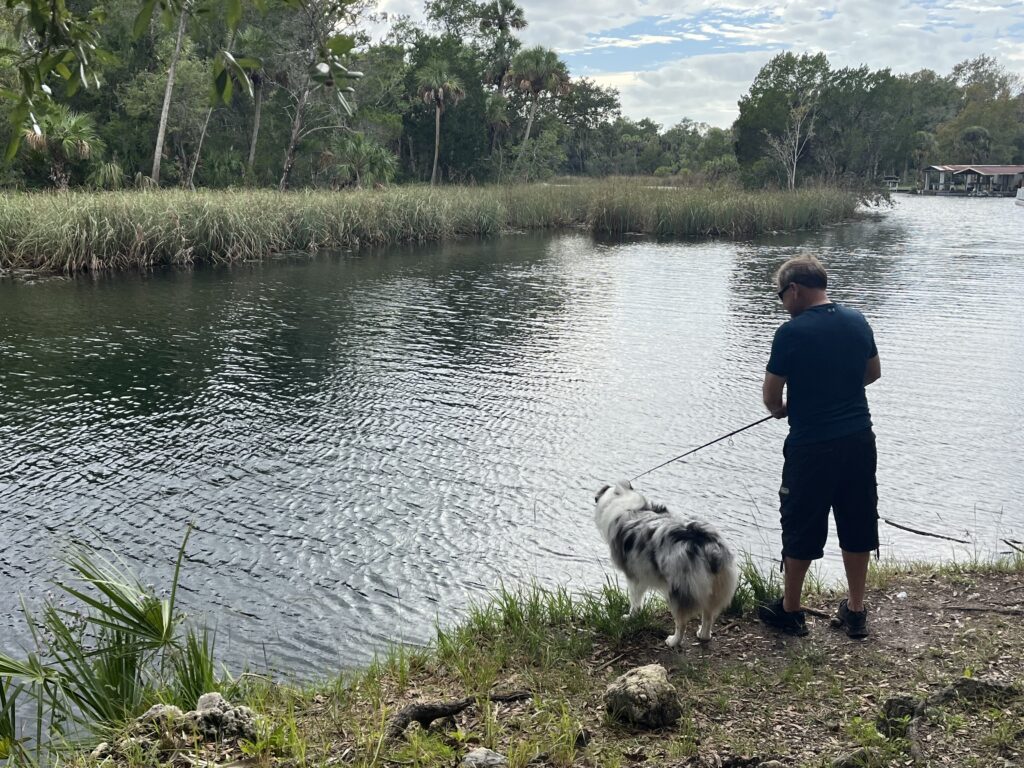
Iceland’s geological youth and volcanic activity have created a fishing paradise unlike any other in the world. The island’s countless rivers and lakes are fed by glacial meltwater and natural springs, resulting in exceptionally clean waters with ideal temperatures for salmonids. These waterways flow through lava fields, moss-covered highlands, and dramatic canyons, providing not just excellent fishing but breathtaking scenery that enhances the angling experience. The Gulf Stream’s influence creates a milder climate than Iceland’s Arctic location might suggest, allowing for a productive fishing season that typically runs from April through September. This combination of pristine waters, dramatic landscapes, and favorable conditions makes Iceland a bucket-list destination for serious anglers from around the globe.
The Arctic Char: Iceland’s Native Treasure
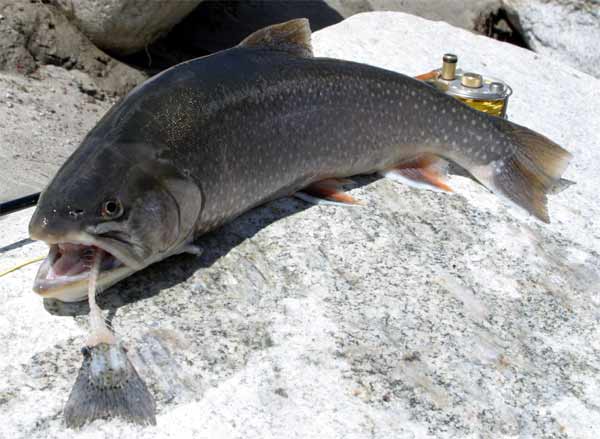
Arctic char (Salvelinus alpinus) represents Iceland’s only native freshwater fish species and has adapted perfectly to the country’s cold, oxygen-rich waters. These beautiful fish are close relatives of salmon and trout, displaying stunning coloration that ranges from silver with pale spots to brilliant orange-red bellies during spawning season. Icelandic Arctic char exists in various forms, including sea-run populations that migrate between freshwater and ocean environments, and landlocked varieties that spend their entire lives in lakes and rivers. They typically weigh between 2-5 pounds, though trophy specimens exceeding 10 pounds are caught each year, particularly in the famous Lake Thingvallavatn. What makes Icelandic char particularly special is its genetic diversity, with some populations having been isolated since the last ice age, resulting in unique adaptations to local conditions.
Atlantic Salmon: The King of Icelandic Rivers
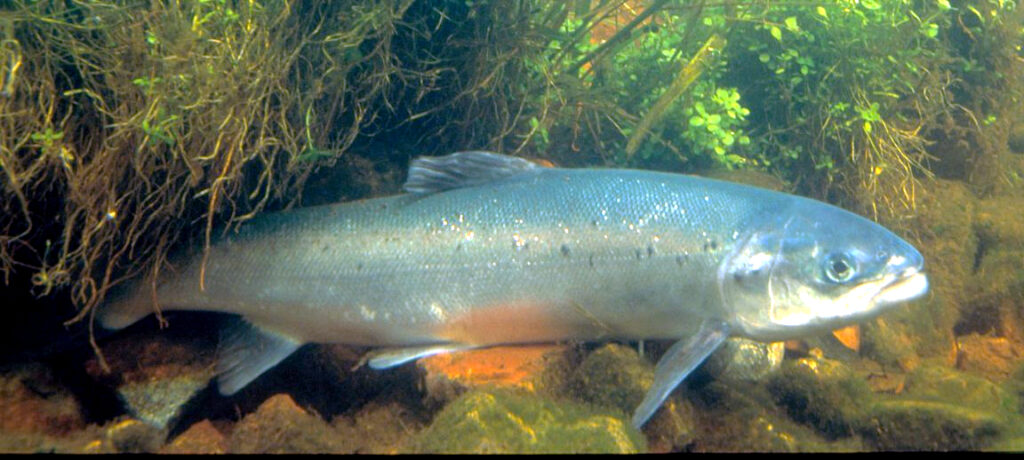
Atlantic salmon (Salmo salar) reign as the most prestigious catch in Iceland’s flowing waters, drawing anglers from across the globe to test their skills against these powerful, acrobatic fish. Iceland’s salmon rivers are world-renowned for both the quality and quantity of their runs, with fish averaging 8-15 pounds, though specimens exceeding 20 pounds are caught regularly. What sets Icelandic salmon fishing apart is the clarity of the water – anglers can often sight-fish, watching the salmon’s reaction to their flies in real-time, adding a visual dimension to the sport rarely found elsewhere. The East Rangá, Miðfjarðará, and Laxá in Aðaldal rivers have established international reputations as premier salmon waters, combining healthy fish populations with stunning surroundings. Icelandic salmon are known for their fighting spirit, often making spectacular aerial displays when hooked, creating memories that last a lifetime for successful anglers.
Fishing Seasons and Peak Times
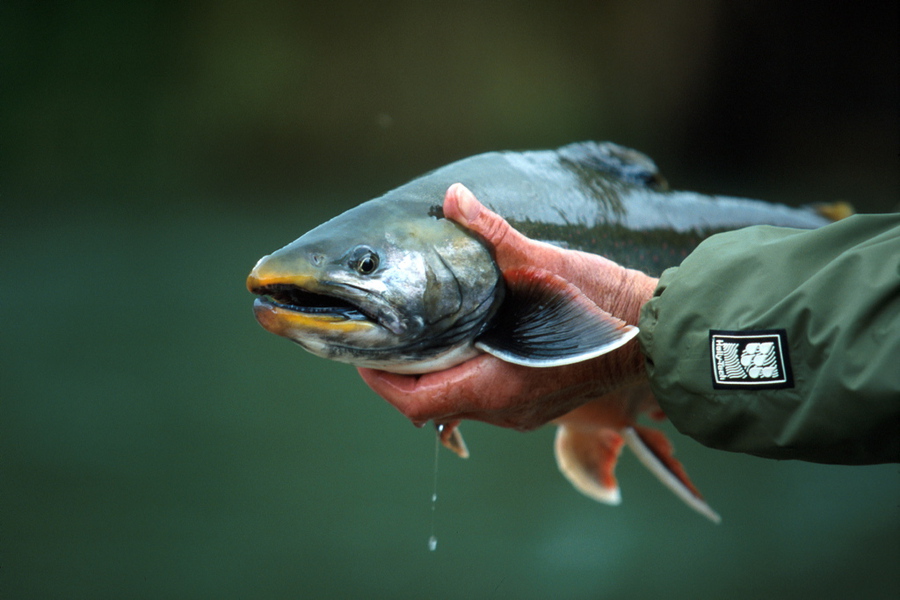
Understanding Iceland’s fishing calendar is crucial for planning a successful angling trip to this northern paradise. The Arctic char season typically begins in April with lake fishing, continuing through October in some locations, with peak action occurring from June through August when water temperatures are optimal. For salmon enthusiasts, the season runs more narrowly from June through September, with July and early August generally offering the most consistent action as the main runs of fish enter the rivers. Weather patterns significantly impact fishing conditions, with stable, mild weather typically producing the best results, while dramatic temperature changes can temporarily slow fish activity. The midnight sun phenomenon during summer means extended fishing hours, with many rivers producing exceptional results during the late evening and early morning periods when the light is softer and fish become more active near the surface.
Required Permits and Regulations

Iceland maintains strict fishing regulations designed to protect its valuable fish stocks and ensure sustainable angling for future generations. All anglers must purchase fishing permits (veiðileyfi) for specific waters, with prices varying significantly depending on the river’s prestige and fish populations. Premium salmon rivers command the highest fees, often requiring bookings a year or more in advance, while many char fishing locations offer more accessible day permits. Catch-and-release practices are increasingly common, particularly for salmon, though specific regulations vary by location. Most rivers enforce strict rod limits, sometimes allowing as few as 4-6 anglers per day on entire river systems, ensuring uncrowded, high-quality experiences. Foreign anglers typically arrange their fishing through specialized outfitters who secure permits, provide guides, and often offer complete packages including accommodation and meals.
Essential Gear for Icelandic Fishing
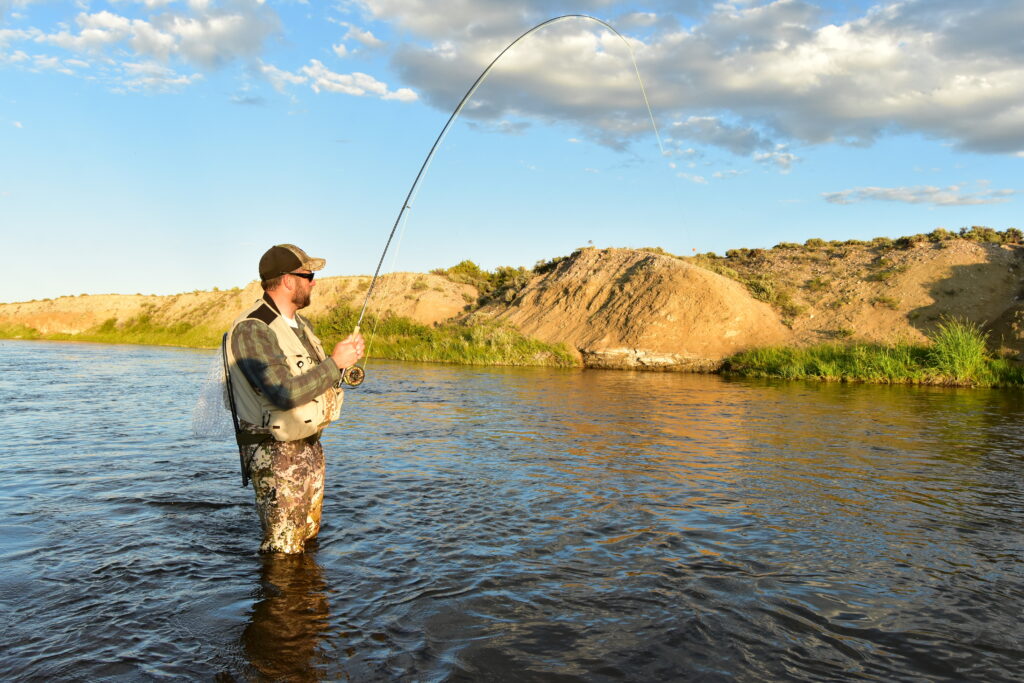
Successful fishing in Iceland requires appropriate tackle suited to the conditions and target species. For Arctic char, a 5-6 weight fly rod (9-10 feet) paired with a floating line proves ideal for most situations, though sinking lines may be necessary when fish hold deeper in lakes. Salmon fishing typically calls for heavier 7-9 weight single-handed rods or 13-15 foot double-handed spey rods for larger rivers, allowing for better line control and longer casts. Weather in Iceland can change rapidly, so layered clothing is essential – quality waders, waterproof jackets, polarized sunglasses, and hats for both sun and rain protection should be considered mandatory. Many anglers choose to bring their gear, though quality rental equipment is available through most guiding services for travelers wishing to avoid transporting bulky items internationally.
Effective Fly Patterns for Arctic Char
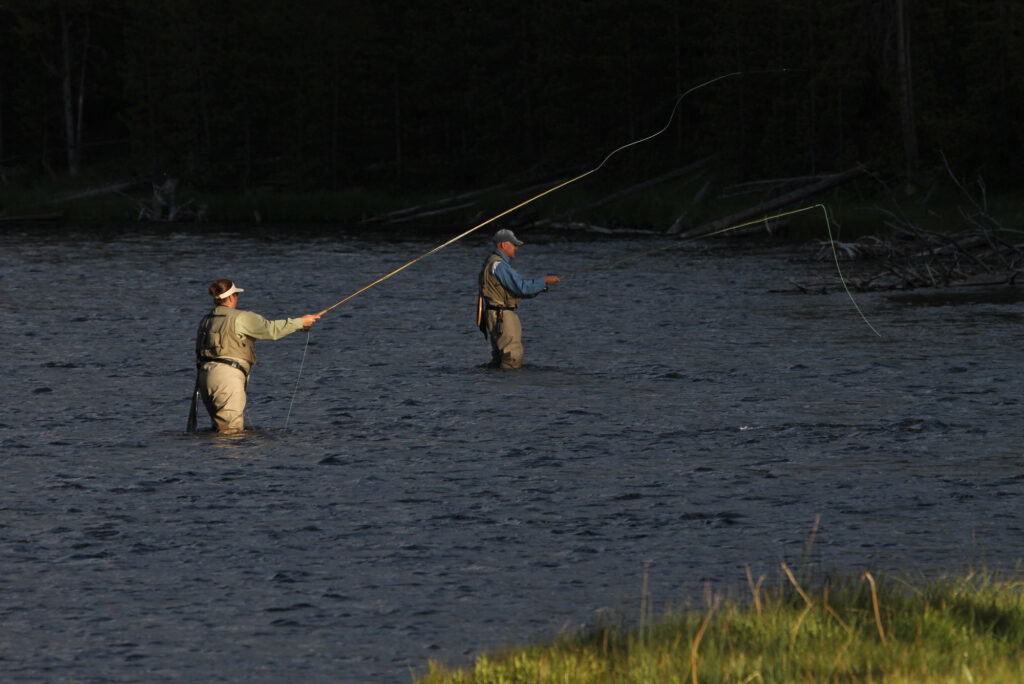
Arctic char in Iceland responds well to a variety of fly patterns, though preferences can vary significantly between different waters and seasons. Small nymphs like Pheasant Tails and Hare’s Ears in sizes 12-16 consistently produce in rivers, imitating the abundant insect life that char feed upon. In lakes, larger leechy patterns like Woolly Buggers and Zonkers in black, olive, or purple prove deadly when stripped slowly through deeper water. Traditional wet flies such as the Peacock Herl, Bibio, and various Heckham patterns remain effective, particularly during hatches when char feed near the surface. Local patterns like the Icelandic Black Ghost and various “Hamar” (hammer) flies developed specifically for Icelandic waters often outperform standard patterns, making it worthwhile to visit local fly shops and acquire these specialized flies that match the specific food sources found in Icelandic waters.
Proven Salmon Flies and Techniques

Icelandic salmon fishing techniques have evolved from traditional Atlantic salmon methods with adaptations specific to the island’s clear, relatively small rivers. Classic North Atlantic salmon flies like the Green Highlander, Thunder and Lightning, and various shrimp patterns in sizes 8-12 remain productive, particularly during early season or in higher water conditions. As the season progresses and water levels drop, smaller flies and even hitched tubes that create a wake on the surface often trigger aggressive strikes from otherwise reluctant fish. The Sunray Shadow, Frances, and Collie Dog flies have earned reputations as consistent producers, with black and blue patterns working well in normal conditions and brighter colors like orange and red excelling during higher water. Small conehead tubes have gained popularity in recent years, allowing the fly to sink just below the surface while maintaining a lifelike action that entices salmon in the crystal-clear Icelandic waters.
World-Class Fishing Destinations in Iceland
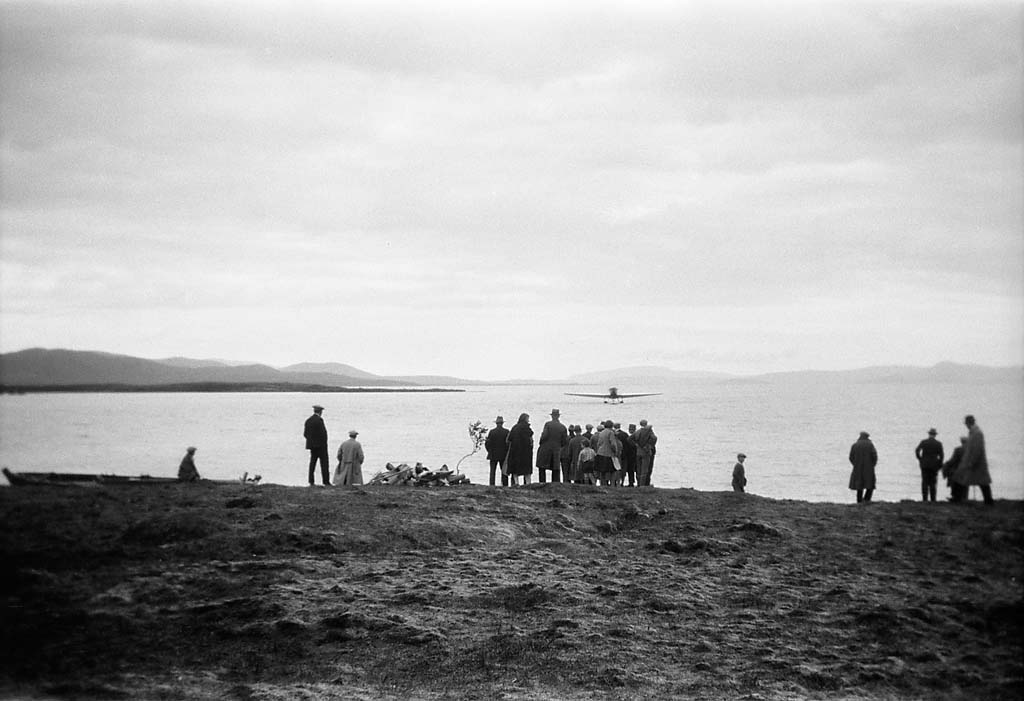
Iceland offers numerous legendary fishing locations that have earned an international reputation for exceptional angling opportunities. Lake Thingvallavatn, Iceland’s largest natural lake, is situated within the dramatic rift valley where the North American and Eurasian tectonic plates meet, and holds four distinct morphs of Arctic char, including the large predatory “Brown” char that can exceed 20 pounds. The East Rangá river consistently produces more salmon than any other Icelandic river, making it popular with anglers seeking action and numbers. For those seeking trophy-sized salmon, the Laxá in Aðaldal offers some of the largest average fish sizes, with its clear waters flowing through stunning lava formations. The Vatnsdalsá river presents a perfect compromise for anglers targeting both species, with excellent salmon runs in its lower sections and abundant char in its upper reaches and source lake, allowing for varied fishing experiences within a single watershed.
The Guided Fishing Experience
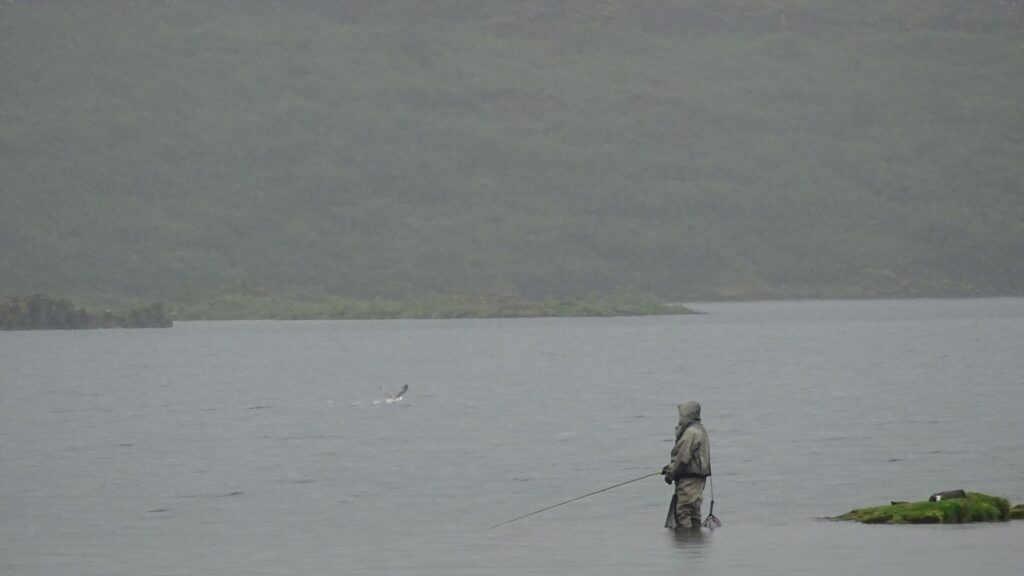
Employing a knowledgeable guide significantly enhances the Icelandic fishing experience, particularly for first-time visitors. Icelandic fishing guides possess intimate knowledge of their waters, understanding how factors like water temperature, weather patterns, and time of day influence fish behavior in their specific rivers or lakes. Most premium fishing locations include professional guides as part of their packages, providing not just expertise but also transportation between beats, equipment recommendations, and often lunch served streamside. These guides typically speak excellent English and share fascinating insights about Icelandic culture, history, and the unique geological features surrounding the fishing areas. For those fishing without included guides, daily guide services can be arranged through various outfitters, with rates typically ranging from $350-500 per day, depending on the location and season.
Lodging Options for Anglers

Accommodations for fishing in Iceland range from luxurious full-service lodges to self-catering cottages and farmhouse stays. Premium salmon rivers often feature exclusive riverside lodges offering gourmet dining, comfortable private rooms, and amenities like saunas and hot tubs for post-fishing relaxation. These lodges typically operate on a package basis that includes fishing permits, guiding, meals, and accommodation, creating a seamless, if expensive, experience. More budget-conscious anglers can find excellent fishing by staying at guesthouses or self-catering cottages in fishing areas and purchasing day permits for nearby waters. Many working farms offer comfortable accommodation with home-cooked meals featuring local ingredients, providing authentic cultural experiences alongside quality fishing opportunities. Camping remains an option in some areas, though it’s generally not permitted directly on premium fishing waters, requiring additional travel between campsites and fishing locations.
Conservation and Sustainability Practices

Iceland places strong emphasis on conservation measures to protect its valuable fisheries for future generations. Strict regulations govern harvest limits, with many premier waters implementing mandatory catch-and-release policies, particularly for salmon. River associations actively manage their waters, conducting habitat improvement projects and carefully monitoring fish populations through counting fences and scientific studies. The limited rod pressure on most waters—often just 4-8 rods per day on entire river systems—minimizes stress on fish populations while maximizing the quality of angling experiences. Iceland has pioneered innovative conservation approaches, including buying out commercial netting operations at river mouths to allow more salmon to reach spawning grounds, directly increasing both conservation outcomes and angling opportunities. These comprehensive conservation efforts have helped Iceland maintain healthy fish populations while many other Atlantic salmon and char fisheries worldwide have declined.
Planning Your Iceland Fishing Adventure

Creating a successful fishing trip to Iceland requires planning, particularly for premium salmon waters where availability can be extremely limited. For prime salmon rivers during peak season (July), bookings should be made 12-18 months in advance through specialized fishing agents who have access to the limited rod availability. More flexible anglers targeting Arctic char can often arrange trips with shorter notice, particularly outside the peak summer months. When budgeting, consider that premium salmon fishing packages typically cost $800-1,500 per rod per day, inclusive of lodging and meals, while self-arranged char fishing can be enjoyed for as little as $100-200 daily for permits alone. International flights to Keflavík Airport near Reykjavík operate year-round, with increased frequency during summer months, making Iceland surprisingly accessible despite its remote location. Combining fishing with other Icelandic attractions like geothermal hot springs, whale watching, and exploring glaciers creates a well-rounded itinerary that appeals to both dedicated anglers and their traveling companions.
Conclusion
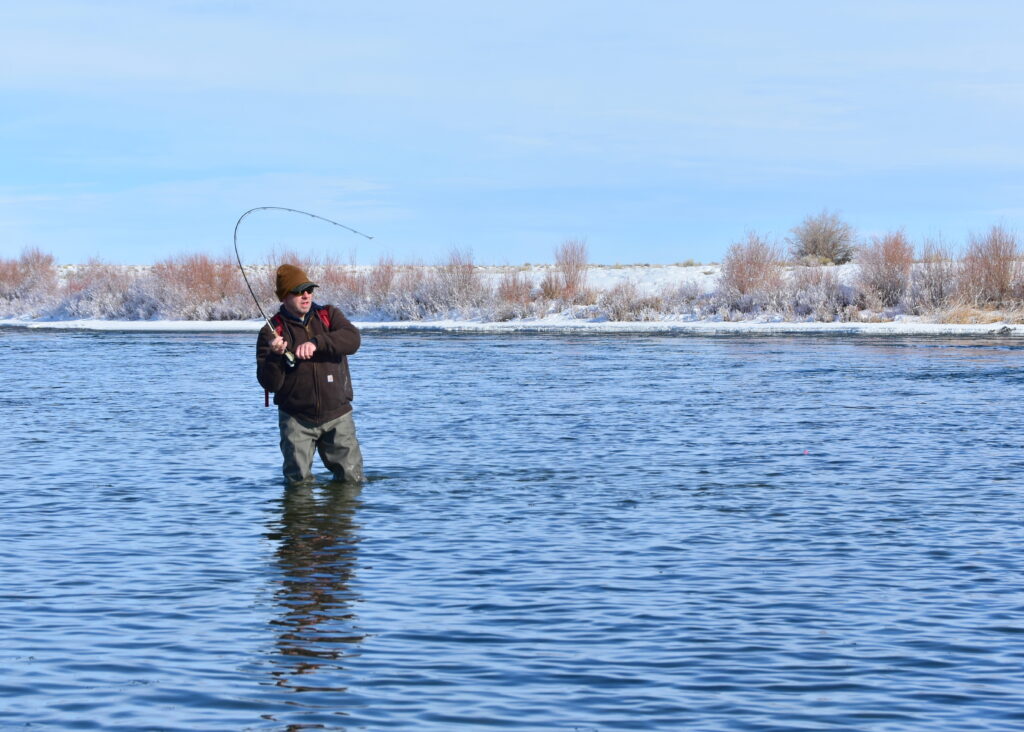
Iceland offers a fishing experience that combines world-class angling opportunities with breathtaking natural beauty. The country’s commitment to conservation ensures healthy populations of Arctic char and Atlantic salmon, while limited access preserves the quality of the fishing experience. Whether casting for native char in the shadow of ancient volcanoes or watching a silver salmon rise to your fly in a crystal-clear river, fishing in Iceland creates memories that last a lifetime. The unique combination of midnight sun, pristine waters, and the chance to target two of the world’s most sought-after game fish makes Iceland truly deserving of its reputation as an angler’s paradise. With proper planning, the right gear, and a sense of adventure, anglers of all skill levels can experience the magic of casting lines in this remarkable Nordic island nation.
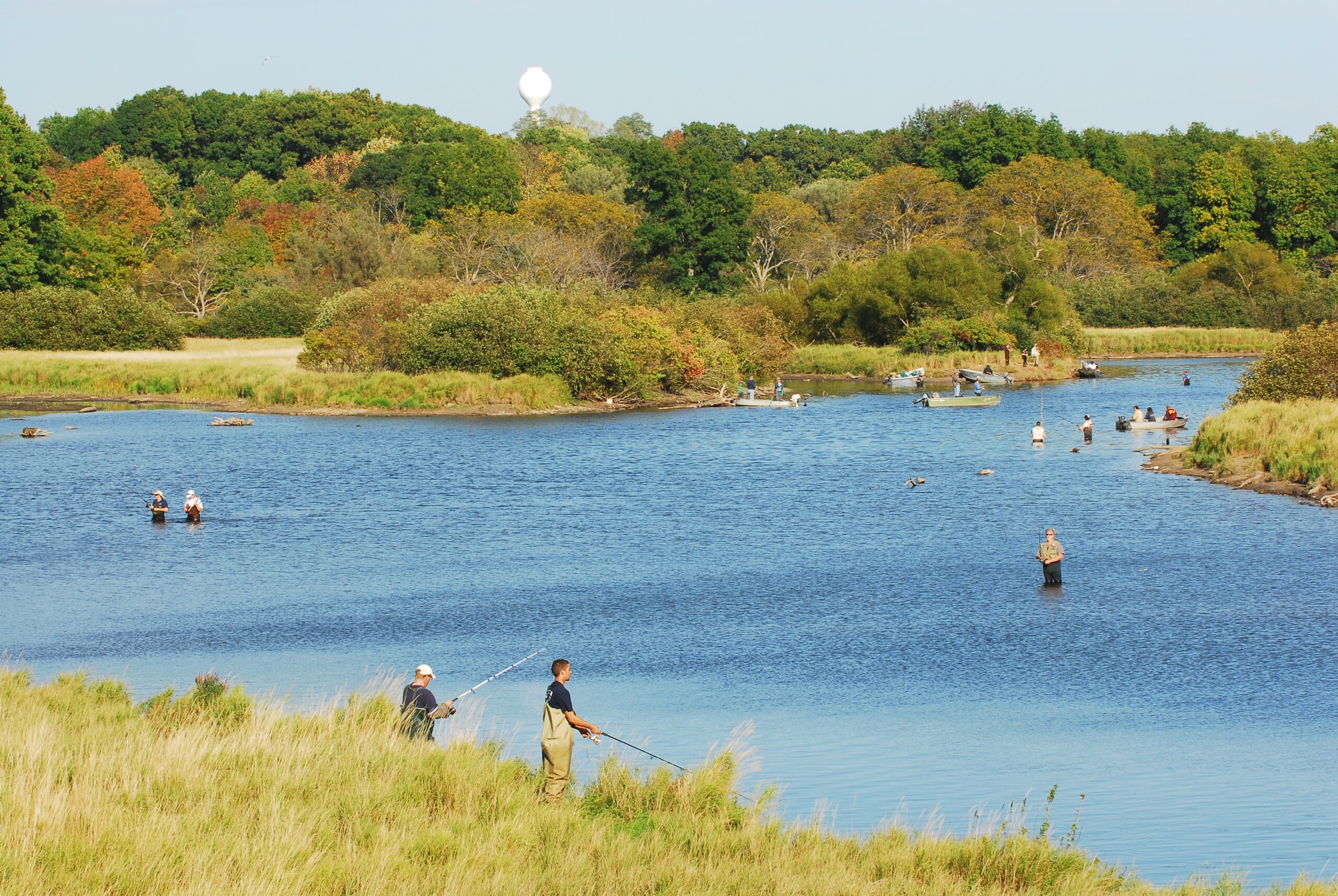
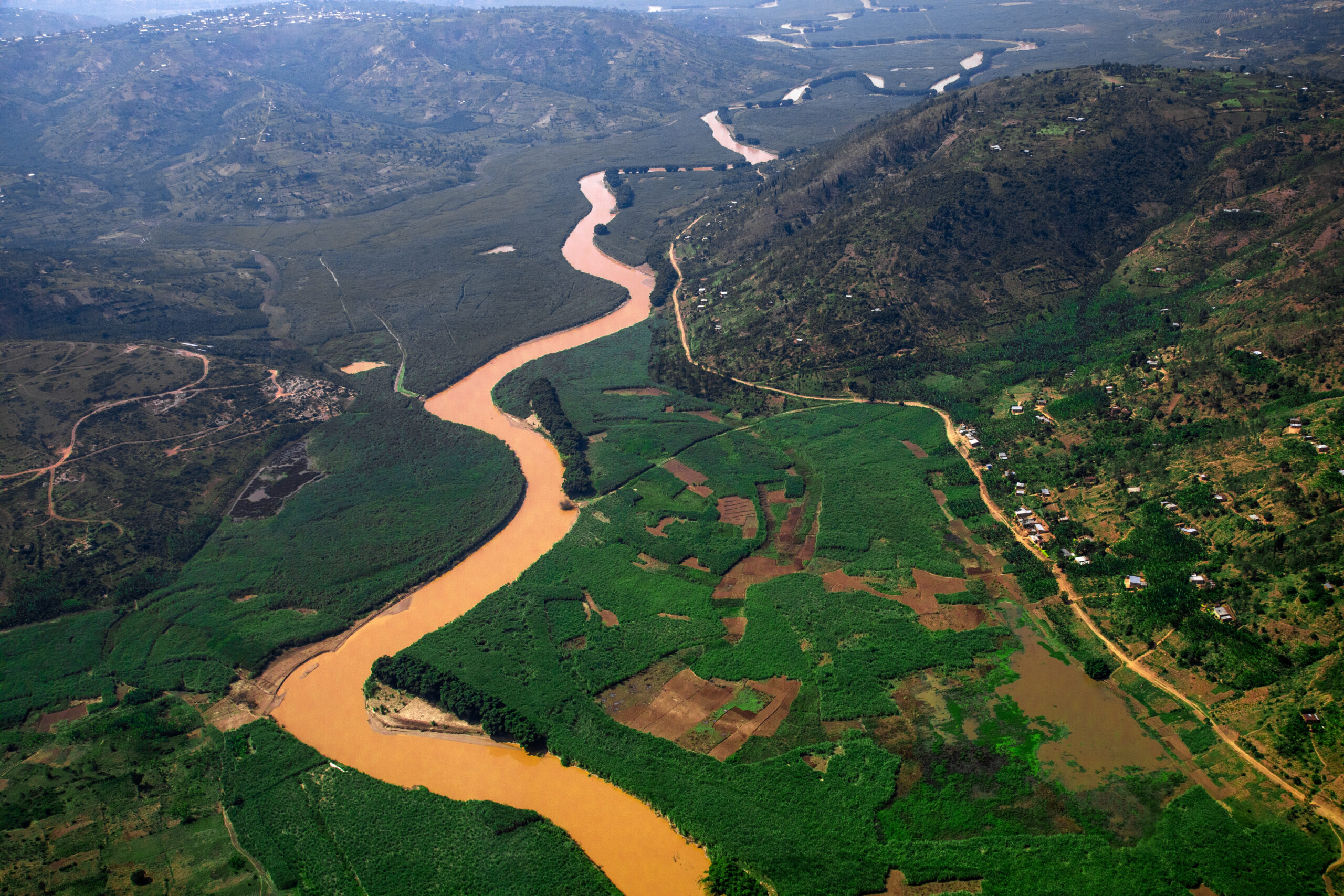

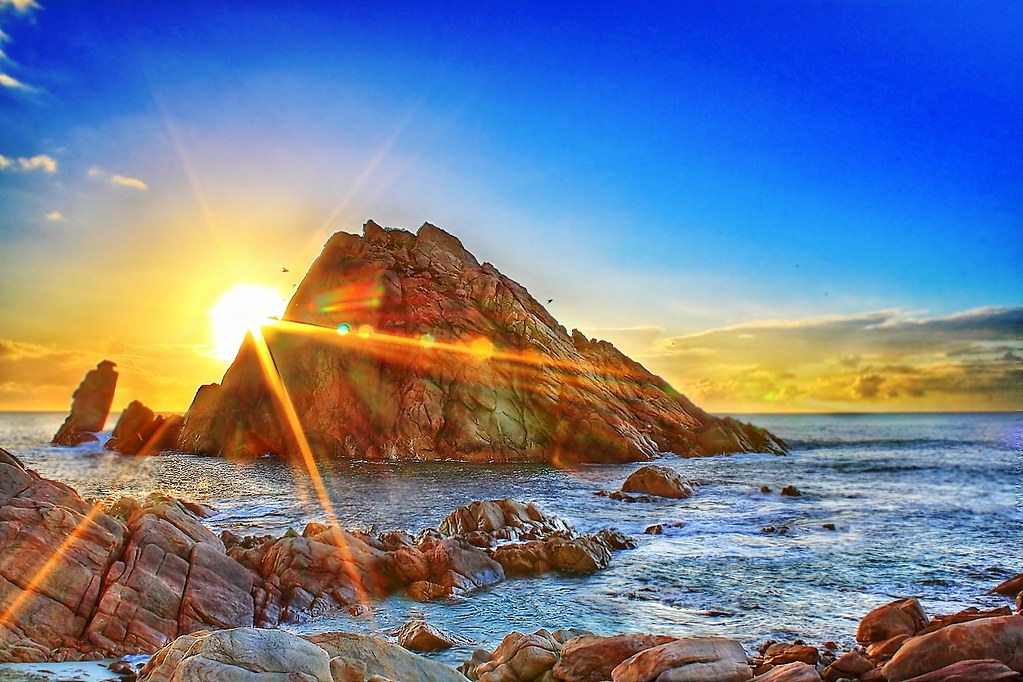










Post Comment